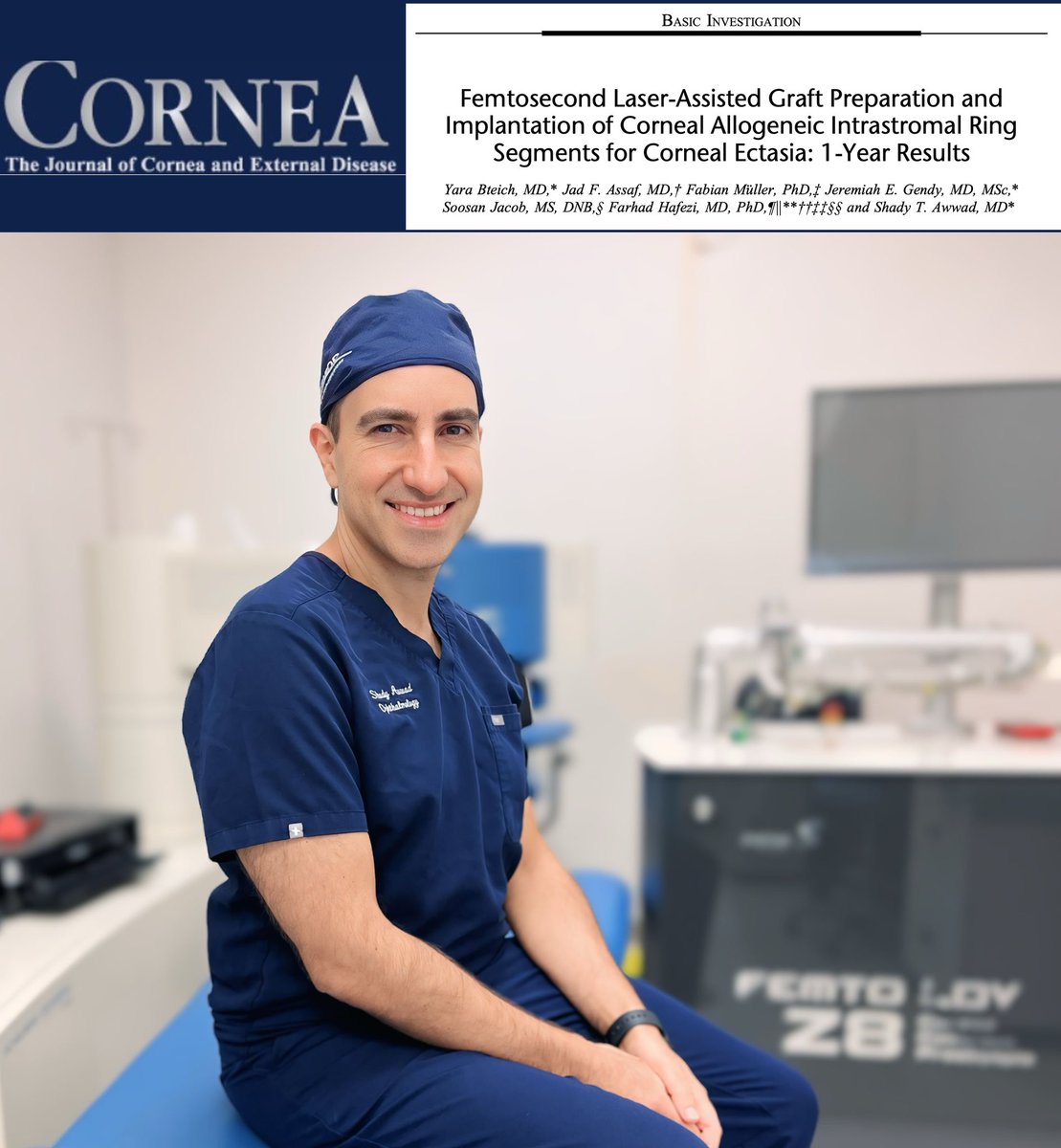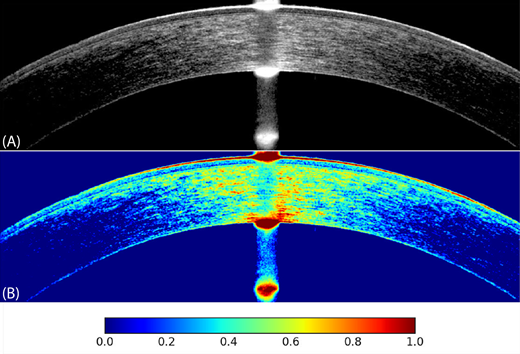
Jad F. Assaf
@assafjad
Post-Doctoral Scholar @CaseyEye | Medicine @AUB_Lebanon | Machine Learning and Refractive Surgery.
ID: 624606517
02-07-2012 11:50:35
1,1K Tweet
1,1K Followers
1,1K Following








Check out our 1-year All-FemtoCAIRS results published in the journal “Cornea”, with refractive & segmental tomography evaluation. All CAIRS segments were created using the LDV Z8 dedicated CAIRS software which we helped design from the ground up with Fabian Mueller Ziemer Group.


The following study showcases the potential of machine learning to enhance clinical practice by providing ophthalmologists with automated tools for evaluating surgical history. Read the full article by Shady Awwad Jad F. Assaf cornealphysician.com/issues/2024/no… #artificialintelligence #OCT



Can Keratoconus be diagnosed solely based on pachymetry data? The full video is finally here! Watch the journey that led us to developing the Thickness Speed Progression Index, from concept to clinical application on the Galilei tomographer, to publication in American Journal of Ophthalmology

Introducing TSPI, our AI index that analyzes localized corneal thickness changes to differentiate between keratoconus, suspect, and normal eyes on the Galilei Ziemer Group. Kudos to Shady Awwad and Bassel Hammoud for their pivotal contributions.


In the New Frontiers in Optical Coherence Tomography Issue bit.ly/3u6vw7v, Jad Assaf et al. Jad F. Assaf OHSU Casey Eye present a Characterization of Directional Reflectance in Corneal Tissue: A Comprehensive Optical Coherence Tomography Analysis, tvst.arvojournals.org/article.aspx?a….












